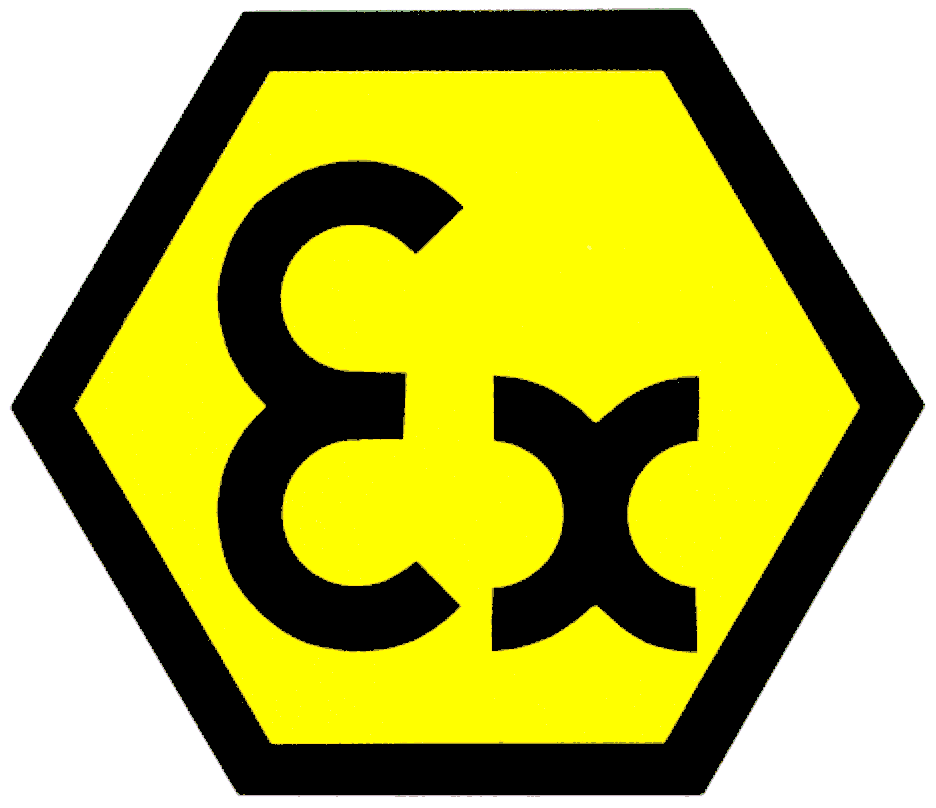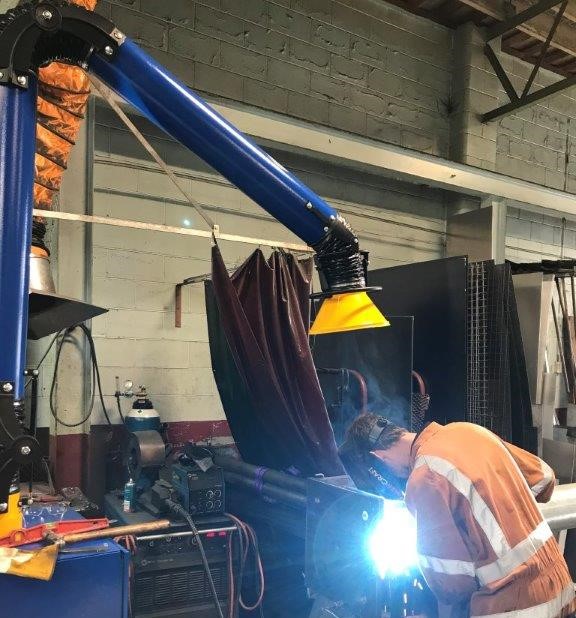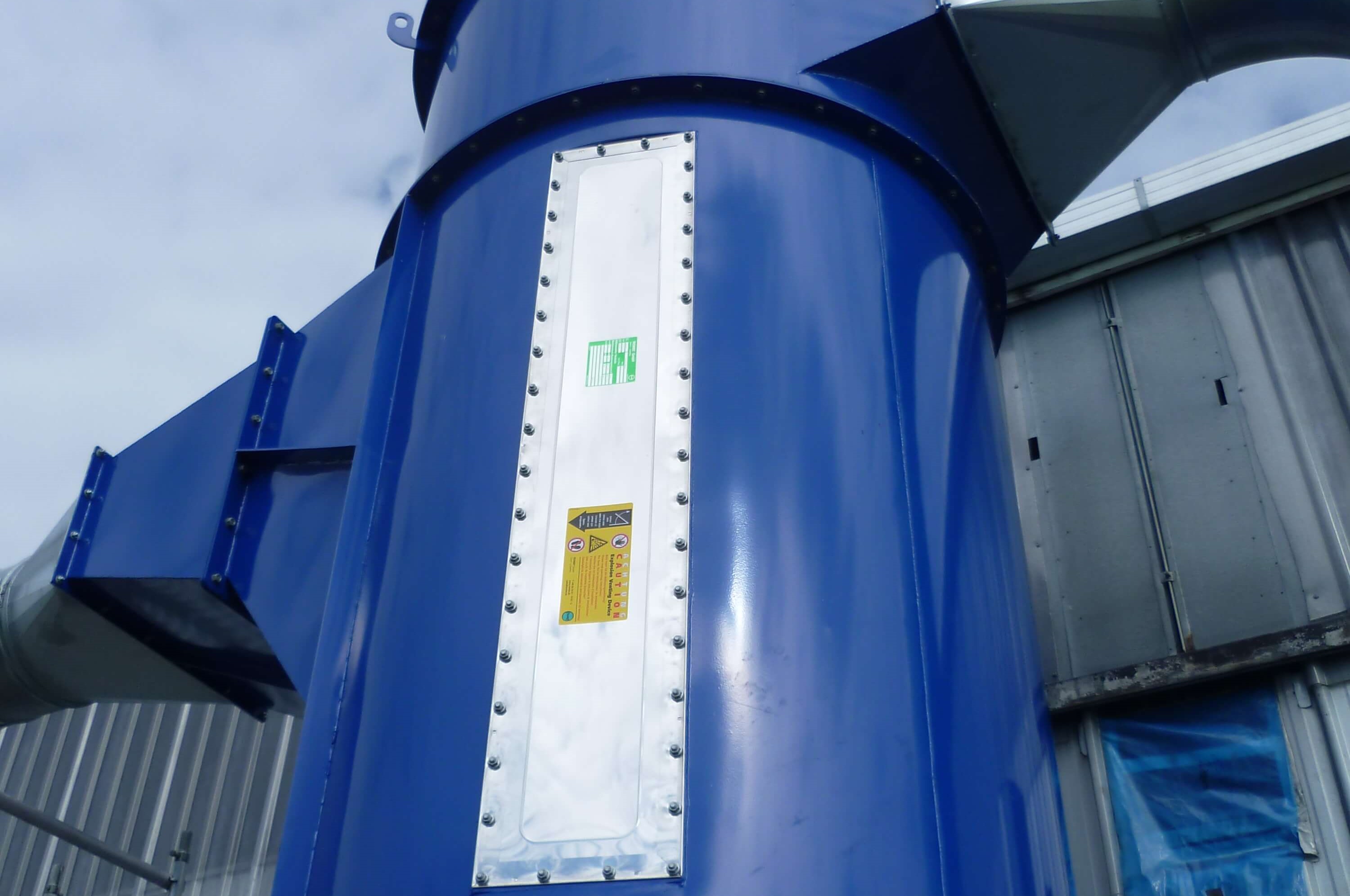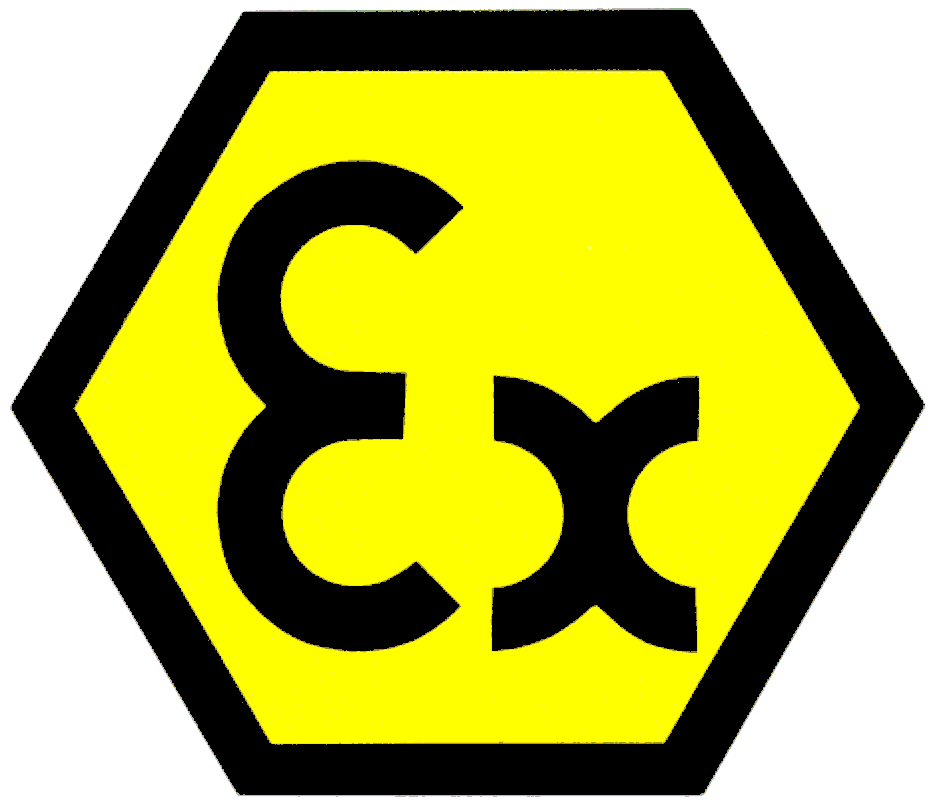
Transforming Workplaces with Dust Extraction
Whilst there is a plethora of suppliers of Dust Extraction Solutions in the marketplace, choosing an advanced dust extraction unit to ensure safer, healthier and a more productive environment for your employees will not only deliver these benefits, but the advanced features offered by a specialist dust extraction supplier do not necessarily cost more. Work place safety (WHS) requires you also to meet current regulations, but these are not always properly understood, and are in fact frequently mis-quoted.
Regulations for Dust Extraction Australia
In 2022 Australia and New Zealand agreed to introduce the electrical safety standard IECEx to their markets, to improve safety of electrical products, including those used in Dust Extraction.
Prior to that, there was limited regulatory guidance in this sector, although the European ATEX standard was starting to be requested, particularly by multinationals with head offices or sites in Europe.
What’s the difference between IECEx and ATEX when relating to Dust & Fume Extraction?
IECEx is a safety standard for electrical products in dust / fume zones and is now required in Australia, NZ, India and Singapore. It’s required to be considered and applied to electrical products used in dust environments, but does not stray into the other aspects of the total Dust and Fume Filter system design or safety.
ATEX is a safety standard for all products involved in a Dust Extraction System including electrical, design of filter, explosion release and overall performance of the Dust Extraction System. It’s required in Europe and still the most accepted international standard worldwide.
So why adopt the IECEx standard in Australia /NZ ?
In practical terms relating to Dust Extraction, international standards are supposedly applied equally by all manufacturers. However, because many products can be signed off by the manufacturer itself, as ‘’meeting’’ a regulation, there was concern as well as evidence, that this ability to police your own products, led to some manufacturers promoting or signing off dust solution and fume extraction products, claiming to meet a standard they clearly didn’t.
IECEx products have to be certified by a independent notifiable body – i.e. independent of the manufacturer. This is designed to provide better protection for the customer but of course is still only as good as the regulator’s ability, experience and manpower allows for it to be enforced.
What about ATEX ?
We have seen internet articles stating ATEX is no longer accepted legally in Australia as a safety standard for Dust and Fume Extraction systems.
This is a bit misleading. ATEX was never a legal requirement in Australia, just accepted widely as an indication of a safety level in the International Dust Extraction market.
IECEx is a responsible effort to prevent poor manufacturers signing off their own ‘rubbish’ as safe, but only electrical safety is covered, not filter design, strength, safe explosion release etc
What should responsible companies do ?
How do you ensure you buy safe Dust Extraction products that protect your staff, your company, and your own reputation your organisation ?
- Buy from reputable companies who specialise in dust solutions
- Choose companies manufacturing in low corruption markets (law is enforced)
- Engage with a company that has long experience in this specialist Dust Extraction Solution field

(photo JKF Industry – Dust Extraction Factory in Als Denmark)
- Independent testing by reputable, experienced Dust Explosion Safety leaders such as the (FSA Germany)

(photo FSA Kappelrodeck, Germany).
- Insist upon copy’s of the certification of the IECEx / ATEX Certification claimed
- If the local supplier says they don’t have this, contact the original manufacturer and ask for it. (If they don’t respond maybe that informs you of something).
- Ask if independent testing has been done? (Check for a video copy?) Request the name and address of the Test Site and Notified Body
- Consider, if you can’t obtain such documents, that you personally may be the person talking the responsibility and risk on behalf of your company, should a dust explosion occur, and someone is hurt
Is ATEX still required then?
Under the IECEx electrical standards no, but if you read both IECEx and ATEX where they cover Dust Extraction electrical systems, the wording is almost identical. (As one experienced engineer, with 30 years in the Dust Extraction industry put it, “ only the front page with the Logo’s on is really different!”)
Both ATEX and IECEx use the same classification of Dust Zones IEC EN 60079-10-2
NZ (Non Zone): Area where there is "never" an explosive dust mixture.
Zone 22: Area where an explosive dust mixture “rarely” occurs.
Zone 21: Area where an explosive dust mixture is “occasionally” present.
Zone 20: Area where an explosive dust mixture is “often” present.
Remember however, that ATEX covers more than just the electrical side of the Dust Extraction system. It will be a good indicator of the safety level of the overall design the whole system.
If you have both certifications for your Dust or Fume Extraction system, then it’s a clear indication of overall safety.
Contact our experienced Technical Sales Team who are backed by a European supplier, with over 70 years’ experience in the Dust Extraction industry and have products to ensure a safe, compliant dust extraction solution.




